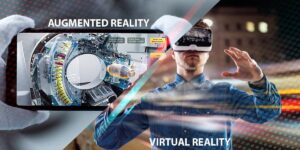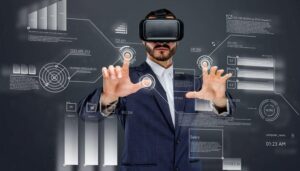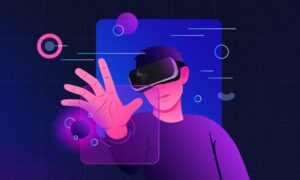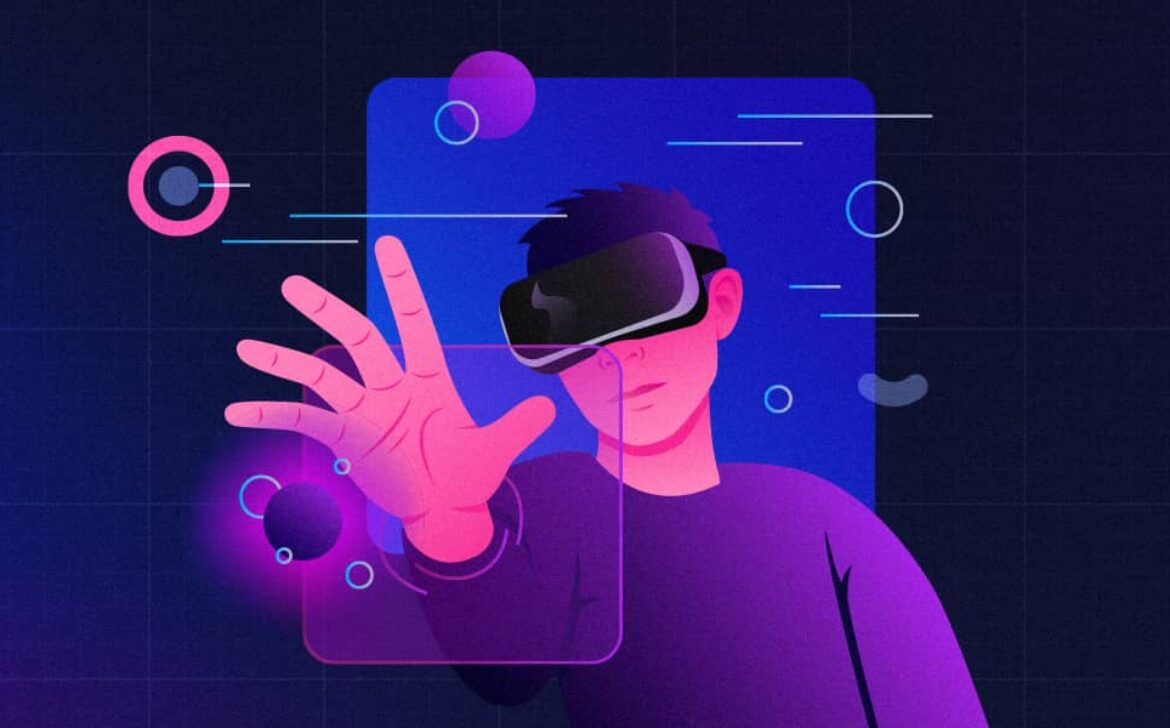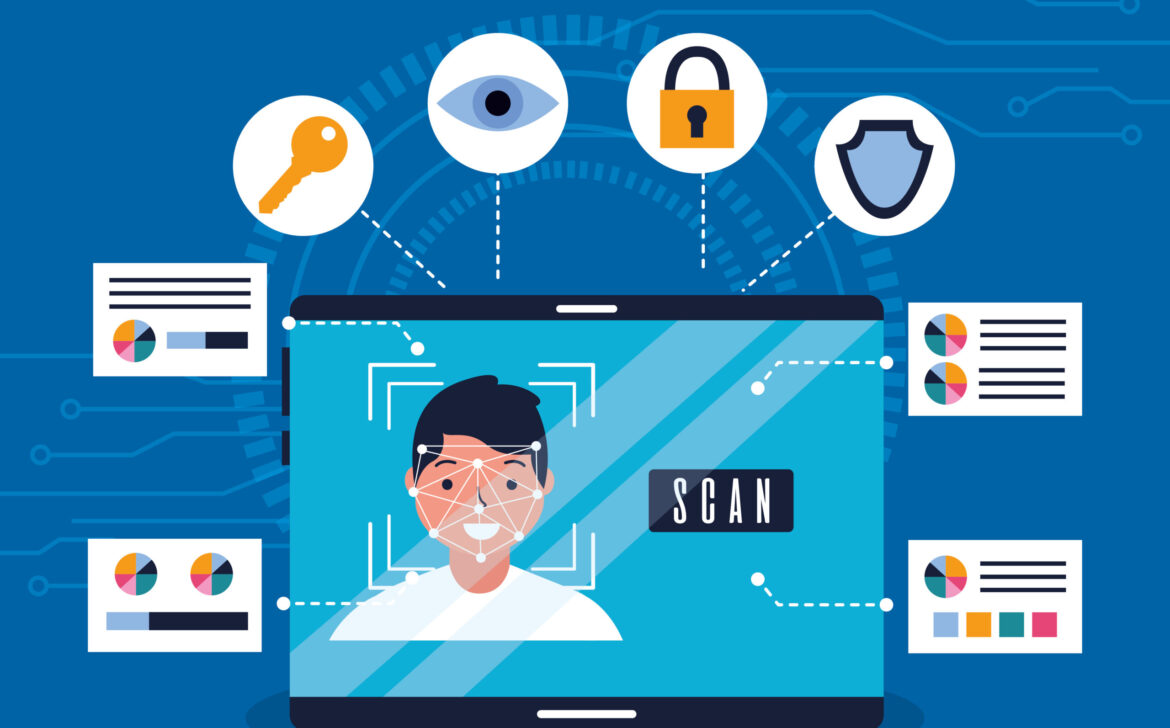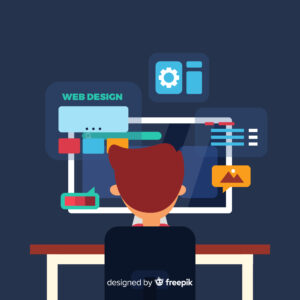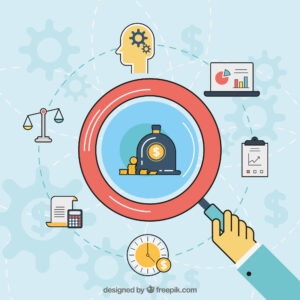In the fast-paced world of technology, staying informed about the latest trends is not just an advantage—it’s a necessity. As we step into 2023, the tech industry continues to evolve at an unprecedented rate, offering exciting opportunities for career growth and innovation. Let’s dive into the 44 technology trends that are making waves this year and the career paths they open.
1. Artificial Intelligence (AI)
AI continues to lead the charge with advancements in natural language processing, computer vision, and machine learning. Career opportunities include AI engineers, data scientists, and AI ethics experts.
2. Blockchain Revolution
Blockchain is transforming industries like finance, supply chain, and healthcare. Explore careers in blockchain development, crypto trading, and blockchain consulting.
3. Cybersecurity Evolution
As cyber threats evolve, so do opportunities in cybersecurity. Become a cybersecurity analyst, ethical hacker, or security consultant to protect digital assets.
4. Internet of Things (IoT)
IoT connects devices and enables smart solutions. IoT architects, IoT solution developers, and IoT security specialists are in demand.
5. Quantum Computing
Quantum computing offers immense processing power. Join the quantum workforce as a quantum software developer or quantum algorithm specialist.
6. Augmented and Virtual Reality (AR/VR)
AR and VR are changing gaming, education, and more. Dive into careers as AR/VR developers, designers, or educators.
7. 5G Networks
The rollout of 5G technology promises lightning-fast connectivity. Explore careers in 5G infrastructure deployment and network optimization.
8. Edge Computing
Edge computing brings data processing closer to the source. Careers include edge architects, edge application developers, and IoT edge engineers.
9. Biotechnology Innovations
Biotech innovations drive breakthroughs in healthcare and agriculture. Opportunities exist for biotech researchers, geneticists, and bioinformaticians.
10. Renewable Energy Tech
Clean energy tech is on the rise. Consider careers in solar panel installation, wind turbine maintenance, or energy management.
11. Space Exploration
Space tech is advancing with private space companies. Join the space industry as an aerospace engineer, satellite technician, or space data analyst.
12. Sustainable Tech
Sustainable tech addresses environmental challenges. Explore careers in green architecture, renewable energy consulting, and sustainable product design.
13. Quantum Internet
Quantum internet is set to revolutionize communication. Careers may include quantum network engineers and quantum encryption specialists.
14. Robotics and Automation
Robotics is reshaping manufacturing, healthcare, and logistics. Consider roles as robotics engineers, automation specialists, or AI robotics researchers.
15. Health Tech and Telemedicine
Telemedicine and health tech offer remote healthcare solutions. Become a telehealth practitioner, health tech developer, or telemedicine consultant.
16. Biometrics and Authentication
Biometrics enhance security. Explore careers in biometric authentication development and identity verification.
17. Clean Transportation
Clean transportation tech is driving electric and autonomous vehicles. Careers include EV technicians, autonomous vehicle engineers, and transportation planners.
18. Cloud-Native Technologies
Cloud-native tech enables scalable and agile solutions. Join as a cloud architect, DevOps engineer, or cloud security specialist.
19. Big Data Analytics
Big data analytics fuels data-driven decision-making. Become a data analyst, data scientist, or data engineer.
20. Green Finance and Sustainable Investments
Green finance supports sustainable projects. Careers include ESG analysts and sustainable investment advisors.
21. Regenerative Agriculture
Regenerative agriculture promotes sustainable farming. Explore roles as regenerative farmers, soil health specialists, and agricultural consultants.
22. Voice and Conversational AI
Voice tech is transforming customer interactions. Consider careers in voice interface design, voice app development, and AI chatbot management.
23. Biohacking and Personalized Medicine
Biohacking and personalized medicine offer tailored healthcare. Opportunities include biohackers, personalized medicine researchers, and health coaches.
24. Autonomous Drones
Autonomous drones have diverse applications. Become a drone pilot, aerial photographer, or drone software developer.
25. Smart Cities and Urban Tech
Smart cities use tech for efficient urban living. Careers include smart city planners, urban data analysts, and IoT infrastructure specialists.
26. 3D Printing Advancements
3D printing revolutionizes manufacturing. Explore roles as 3D printing engineers, designers, and additive manufacturing specialists.
27. Biodegradable Plastics
Biodegradable plastics address environmental concerns. Careers include materials scientists, sustainable packaging designers, and bioplastics engineers.
28. Wearable Health Tech
Wearable health tech monitors well-being. Consider roles as wearable tech developers, fitness tech consultants, and health data analysts.
29. Dark Web Security
Dark web security experts combat cybercrime. Explore careers in cyber threat intelligence and dark web monitoring.
30. Digital Art and NFTs
Digital art and NFTs redefine the art world. Become a digital artist, NFT curator, or blockchain art consultant.
31. Robotic Process Automation (RPA)
RPA streamlines business processes. Join as an
